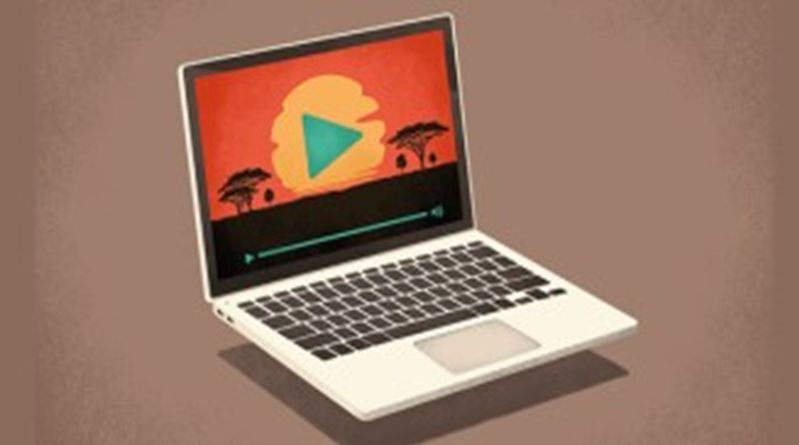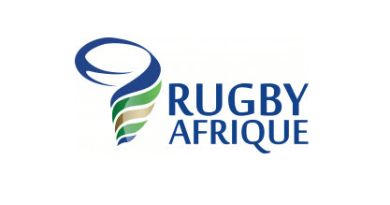Africa Offers Big Potential for Streaming Video
When the pan-African VOD platform Buni.tv launched in 2012, the Nairobi-based company was one of the first to recognize the untapped potential of the online market on the continent, which was in the midst of a mobile-phone boom. With thousands of hours of African films and series, the service seemed poised to capture a new and growing audience hungry for homegrown content.
But the company’s subscriber base never took off. Earlier this year, Buni was bought by French network Trace TV, which acquired Buni’s expansive library as part of its preparation to launch its own video- on-demand service, Trace Play, across Europe and Africa in the coming weeks.
Buni founder and CEO Marie Lora-Mungai, now a creative consultant for Trace, says partnership with a larger media company was always the goal. But she admits that the Buni team struggled with the challenge of launching a startup in a promising but not yet mature commercial environment. “The market was definitely not really there,” she says. “It was too early.”
According to the GSM Assn., a trade body that represents mobile operators worldwide, there were roughly 160 million smartphones in sub-Saharan Africa in 2015, a number expected to rise to more than half a billion by 2020. That, coupled with increasing internet penetration and the expected rollout of 4G across the continent, has many industry experts predicting a boom in demand for SVOD and TVOD services.
So far, the results have been mixed. Last year the consulting firm Balancing Act estimated that there were more than 100 VOD platforms operating in Africa. But few have broken out of their niche markets, and it remains to be seen how many will have staying power as deep-pocketed contenders — backed by the likes of South Africa’s Naspers and Hong Kong’s PCCW Global — muscle in.
While Netflix waded into the African market as part of its global expansion in 2016, local executives are confident they can outflank the streaming giant by providing services that are better suited to the region’s technical and economic realities. What’s needed, they say, are plans that are sensitive to slow streaming speeds and high data costs, and offer flexible payment options.
“We’re not trying to emulate Netflix,” says Richard Boorman, head of communications for Naspers’ ShowMax. “We’re taking a different approach.” That includes local content, distribution, and partnerships, Boorman explains.
In October, Naspers launched ShowMax Select in Kenya, its first attempt to offer the sort of mobile-only experience that industry insiders agree is key to succeeding in Africa, where computer ownership lags far behind smartphone ownership. The service features a range of popular Kenyan films and TV shows. There’s also an option to download compressed files, which offsets the patchy Internet connections and data costs that make streaming difficult. Crucially, customers can pay using the ubiquitous M-Pesa mobile payment system. Without that, says Boorman, any VOD service in Kenya would be “dead in the water.”
ShowMax isn’t alone in its approach. In 2015, the Nigerian VOD pioneer iROKOtv discontinued its desktop and streaming services in Africa in order to shift entirely to a mobile-first strategy focused on downloads. Jason Njoku, iROKOtv CEO, says his company was among the first to recognize that most African markets weren’t ready to adopt streaming because of the prohibitive costs. “That data hurdle was too difficult to overcome,” he says.
Industry experts agree that for the VOD market in Africa to fulfill its potential, the continent’s powerful telecom companies need to get on board to drive down data costs and open up their massive customer bases. But right now, the revenue splits the telecoms are offering are “completely disadvantageous” to VOD companies, says Balancing Act’s Russell Southwood.
There have been encouraging signs that those terms will improve as telcos begin to bundle content with data in order to woo customers. Southwood points to a mobile app Trace launched in South Africa, in collaboration with the cellphone company Cell C, which offers unlimited music streaming to the 1 million paid subscribers it has racked up in its first year. While the app doesn’t yet provide video, it demonstrates a working model for the wide distribution of data.
“That begins to say to me that there is money out there,” says Southwood. “People are paying.”




